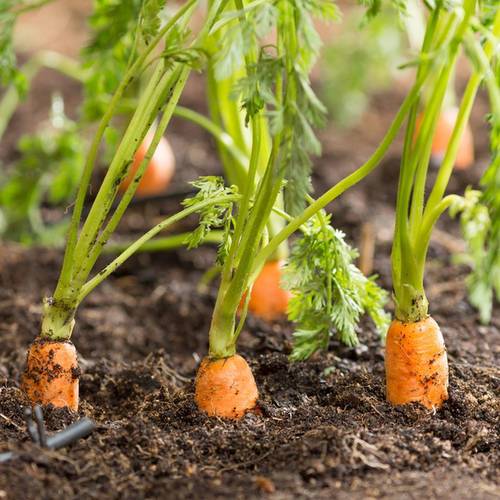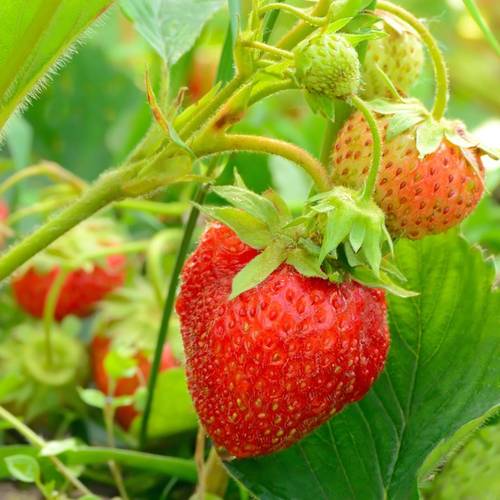Companion Planting: The Perfect Plant Partners to Grow Together


Companion planting is an age-old gardening tradition but it’s as relevant today as it’s ever been, particularly with the rising interest in ‘growing your own’ and allotment gardening. Pairing up plant partners is not just about pest control, it’s also about how flowers and vegetables can help each other by attracting helpful insects or acting as a decoy for harmful ones. It’ll also give your garden a lift in terms of scent and structure as some of the most beneficial companions are deeply scented, and while this will deter and confuse nasty pests, they’ll delight us with their gorgeous fragrances and striking foliage.
Companion planting is easy to do once you know what goes with what, so follow our experts' advice in our handy guide, shop your seeds and start reaping the benefits.
TOP TIP: Make sure companion plants are planted at the same time as your edible crops to prevent pests from getting a foothold.
Tomato and Marigold
Most of us know and love the bright and showy blooms of the traditional marigold, but many won’t know that they make great tomato companion plants. They repel whitefly and can also protect from harmful root-knot nematodes in the soil. They also attract some helpful insects, including ladybirds, lacewings and hoverflies, which prey on greenfly. Plant underneath and between tomato plants to get the best results.


Carrot and Mint
Mint is a very strongly scented herb, as most pests of the carrot family well know. The strong smell totally confuses them and it also deters flea beetles. But be warned: Grow your mint in a pot and place near your crops – if planted in the ground it can grow like wildfire and completely smother your growing veg if left to its own accord.


Strawberry and Borage
Borage is a delicate herb with star-shaped hazy blue flowers that are particularly attractive to a range of garden friends. One of the best strawberry companion plants, it’s great when paired up with these juicy red fruits to attract bees, butterflies and hoverflies for helpful pollination. It’ll also repel unwanted pests and is even said to improve the flavour of your delicious summer strawberries.


Carrot and Leek
A brilliant combination in the vegetable garden, carrots and leeks grown together could not be better friends. The smell of leeks deters carrot root fly, which can normally smell tender young carrots up to a mile away, and the smell of carrots also helps deter leek moth from leeks. Friends with benefits!


Onion and Rose
Roses are the quintessential flower of the English country garden, but they can be overwhelmed by greenfly, blackfly and other pests all summer. Try planting striking alliums to make a real difference – they’re the perfect companion plants for roses. As members of the onion and chive family, they’re a great help with disease prevention, and repel destructive aphids, ants, snails and other pests while encouraging beneficial insects. Strikingly beautiful with their tall globes of tiny star-shaped flowers, they harmonize perfectly with early blooming roses.


Cabbage and Nasturtium
Who would have thought that the prolific and jolly nasturtium would be such a help in the vegetable patch? They’re a complete magnet for caterpillars, so when planted among cabbages and other brassicas they provide a sacrificial meal to detract them away from the crops, leaving them – with any luck – hole free! The flowers also attract insects that prey on greenfly and they’re lovely to eat in a summer salad – although check for creepy crawlies before you serve up!












